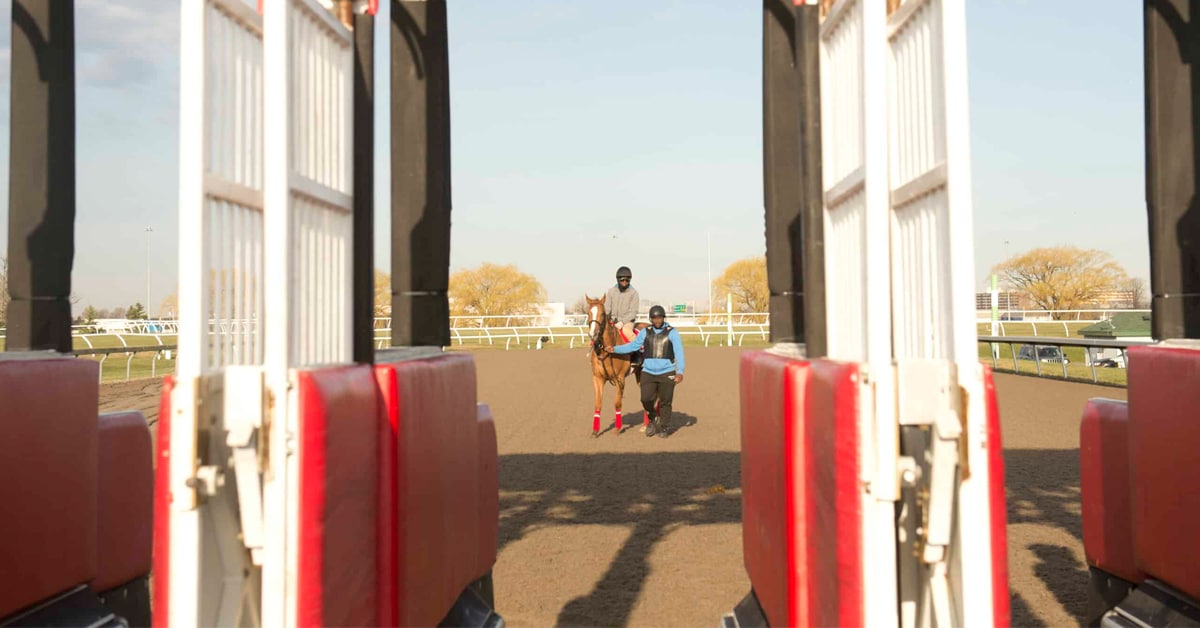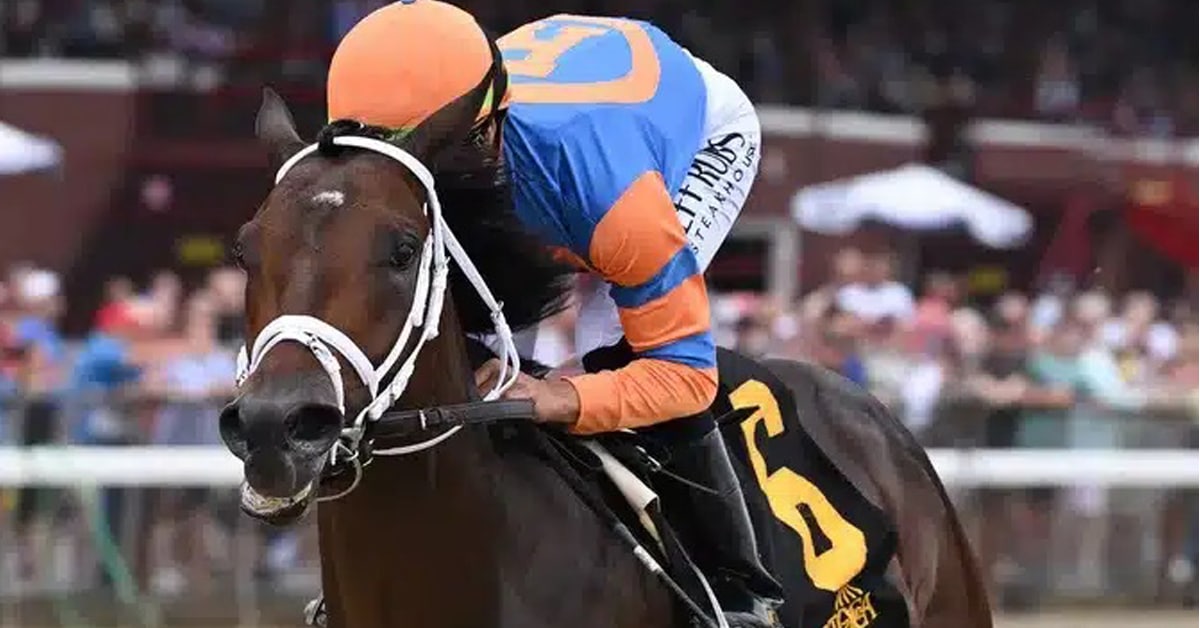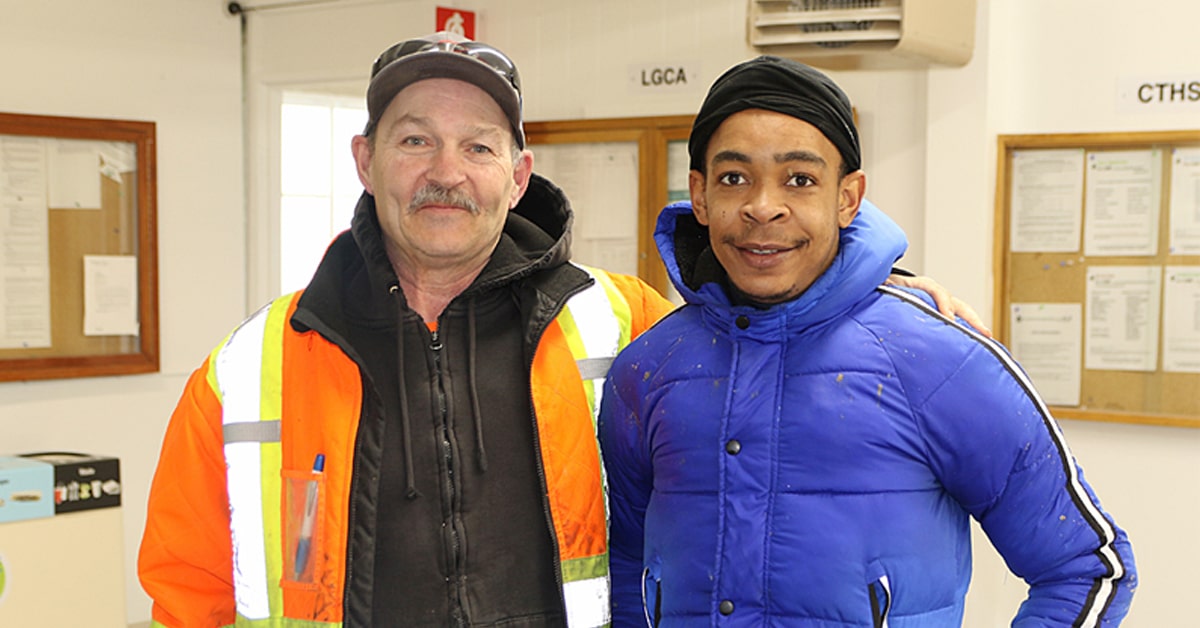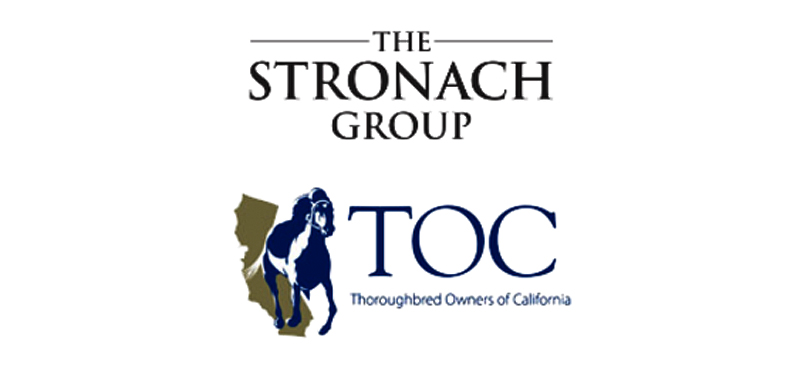Santa Anita Park, Golden Gate Fields and the Thoroughbred Owners of California (TOC) have reached an historic agreement to protect the safety and welfare of horses and riders in the state. This collective mandate enacts the most stringent medication policy in North America.
Belinda Stronach, President and Chairman of The Stronach Group (TSG), which owns both Santa Anita and Golden Gate, outlined these ground-breaking rules earlier this week in an Open Letter. Working with horsemen and internationally renowned veterinarians, TSG and TOC have discussed the best measures to put the horse first and appropriately enact these changes.
“This is a complete revision of the current medication policy for Thoroughbred racing. We have worked through the implementation of this groundbreaking model with our stakeholders and the California Horse Racing Board,” said Belinda Stronach. “TSG is committed to the principles of safe horse racing for both equine and human athletes and to making California racing the best in the world. It is my hope the other tracks in California will follow suit. TSG will begin consultation with our stakeholders in other states to put these standards into effect in those jurisdictions, in the best interest of horse racing.”
“We appreciate the willingness of Belinda Stronach of TSG and Jim Cassidy (President of California Thoroughbred Trainers) to negotiate in good faith and reach today’s agreement,” said Greg Avioli, President and CEO of TOC. “I am confident we all share the same goal of making California racing safer and doing everything we can to provide additional safety and protection for our horses.”
“I very much appreciate the efforts made by The Stronach Group, the TOC, and the CTT in coming to this agreement, to improve and enhance horse and rider safety,” said Chuck Winner, California Horse Racing Board Chairman. “The CHRB will continue to work with the stakeholders as they move forward. I plan to move the previously scheduled March 21st board meeting to March 28th in order for the full board to consider and take action on those items on which CHRB approval is required. March 28th allows for the legally required 10-day public notice.”
Santa Anita, Golden Gate and the TOC have agreed to the following initiatives for racing and training:
- Complete transparency of all veterinary records.
- Strict limitations on the use of any pain or anti-inflammatory medication and treatment, including legal therapeutic NSAIDS, joint injections, shockwave therapy, and anabolic steroids.
- Trainers must apply for permission to work a horse (a timed, high-speed training exercise) at least 48 hours in advance.
- No therapeutic medications of treatments will be allowed without a qualified veterinary diagnosis from a state licensed veterinarian.
- Significant and strict Out-of-Competition Testing (OCT).
- Increasing the time required for horses to be on-site prior to a race.
- A substantial investment by The Stronach Group in diagnostic equipment to aid in the early detection of pre-existing conditions.
Santa Anita, Golden Gate and the TOC are also in alliance to change the use of the cushion crop. This evolution of a centuries-old practice will only allow the use of the crop as a corrective safety measure. This new directive has already gone into effect during training hours.
This agreement will effectively phase out all race-day medication at Santa Anita and Golden Gate under rules consistent with, or more restrictive than, the International Federation of Horseracing Authorities (IFHA) standards. The IFHA regulations are in effect at premiere racetracks throughout the world and are the benchmark for equine safety and welfare.
All horses born in or after 2018 will race at Santa Anita and Golden Gate with no race- day medication, including the diuretic furosemide, commonly known as Lasix. This means all two-year-old horses starting in 2020 and after will be racing medication free.
All horses born prior to 2018 will race at Santa Anita and Golden Gate with the same guidelines, however, following the recommendation of veterinary experts for the best interest of the health of the current horse population, Lasix will still be permitted but at a maximum of 50% of the current levels.
These modernizations are in addition to the previously announced commitment to the continued engagement of outside experts to regularly review our dirt, turf and synthetic courses to ensure the safest racing surfaces in the world.
Once this historic agreement is approved by the CHRB, Santa Anita and Golden Gate will race with these enhanced new safety and welfare protocols in place. Because state regulations require a 10-day approval process, Santa Anita is planning to return to racing on March 29th.
More from Canadian Thoroughbred:






